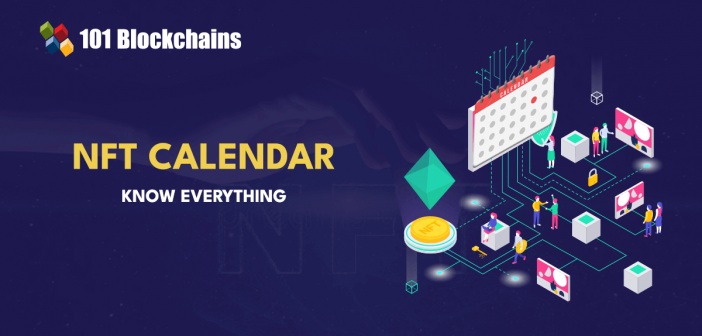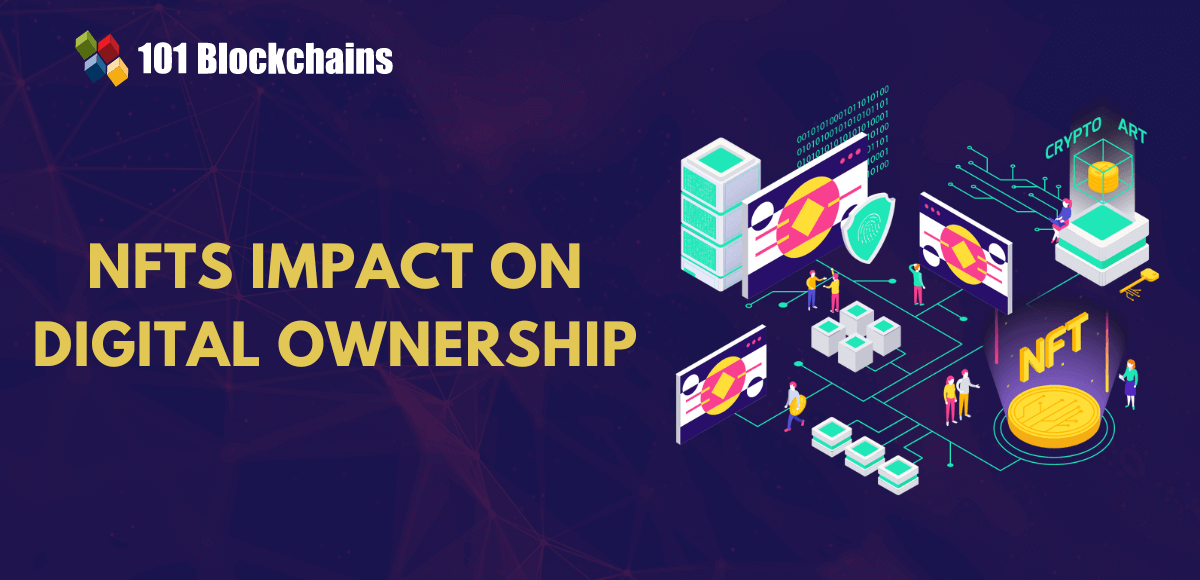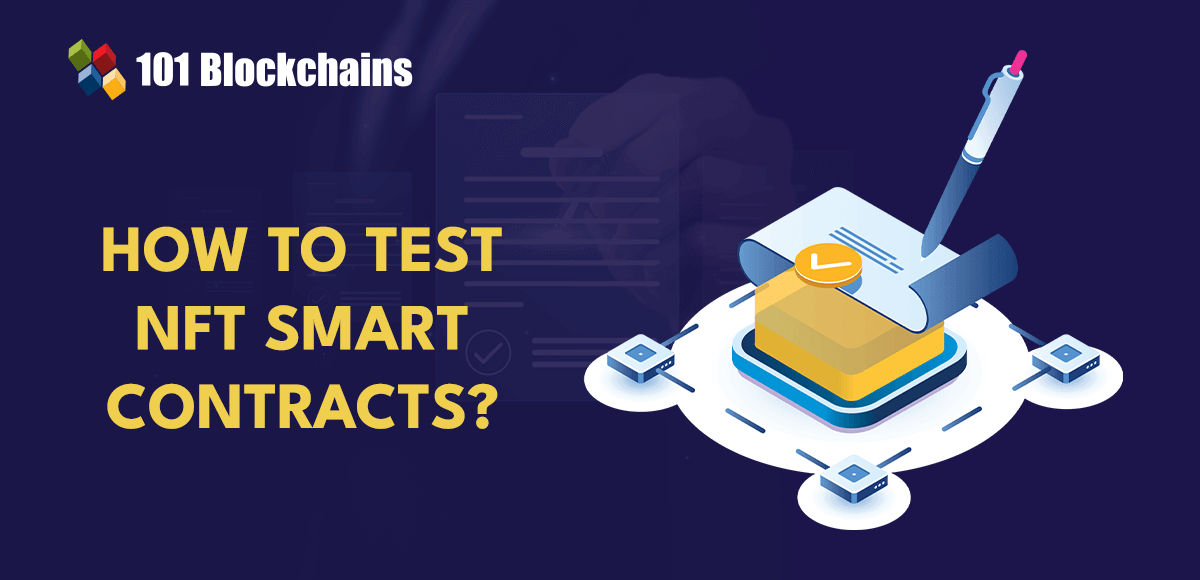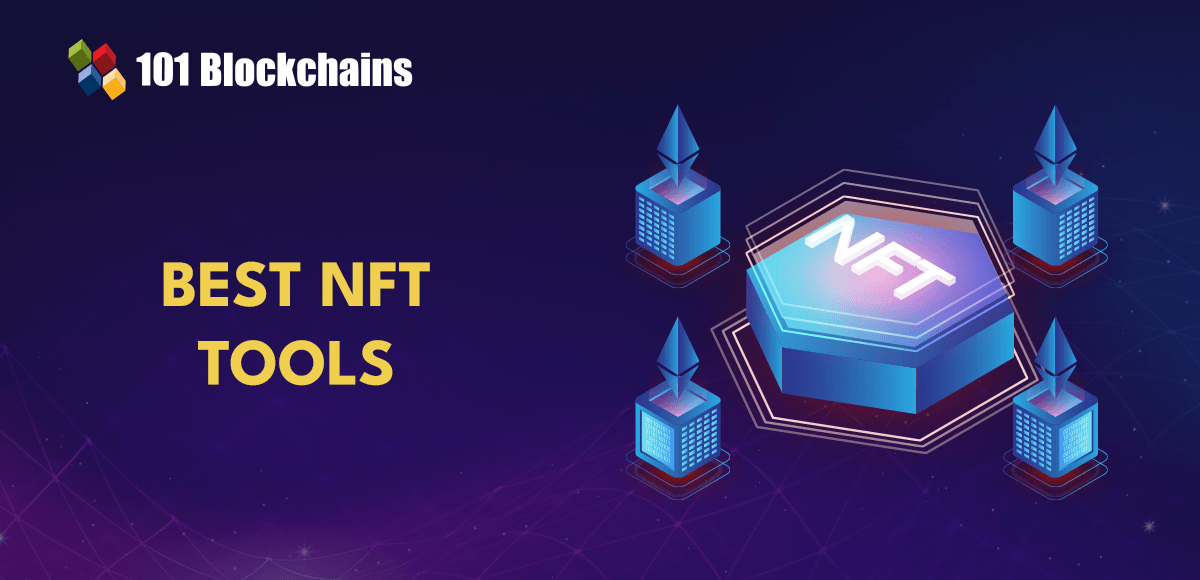Learn how blockchain truly works, master key definitions, and uncover what makes smart contracts so "smart." Dive into the fundamentals, gain valuable insights, and start your blockchain journey today!

- NFT
James Howell
- on August 07, 2023
What Is An NFT Calendar and Why You Need To Use It?
Non-fungible tokens are an important addition to the list of digital assets, which have gained significant popularity within a limited time. NFTs provide a new definition of asset ownership, which helps in determining the trail of provenance for specific assets. The outline of the NFT calendar explained for beginners would reflect on how they have transformed the world of digital assets. In addition, the adoption of NFTs has witnessed not only faster growth among crypto enthusiasts but also in the general public.
For example, people are interested in upcoming NFT events, such as airdrops, to find a way to enter the NFT ecosystem. As of now, the total expenses in purchasing NFTs continue to extend further each year. You might wonder about the possibilities of using NFT calendars for your benefit. Learn more about an introduction to NFT calendars with the following post.
Popularity of Non-Fungible Tokens
A few years ago, no one would have thought about purchasing digital assets for millions of dollars. However, blockchain and NFTs changed the conventional perceptions by introducing flexibility for representing different real-world assets. The real-world assets represented by NFTs could include media, artworks, in-game assets, videos, and image files. You can explore an NFT drops calendar to find information about new NFT drops. Users can share non-fungible tokens and use them across different platforms. For example, basketball fans could purchase NFTs that represent highlights of different games.
The value propositions of a non-fungible token focus on offering freedom from intervention by large media businesses online. Non-fungible tokens have been making headlines worldwide since 2021, while they have been in existence for more years. The next NFT drop after the sale of digital artwork by Beeple at $69.3 million would have garnered significant levels of attention.
Subsequently, NFT collections such as Bored Ape Yacht Club and the trend of NFT PFPs on Twitter encouraged the hype around NFTs. As a matter of fact, non-fungible tokens have become a status symbol for internet users. Sporting an NFT PFP on Twitter is similar to a tangible premium membership card.
Build your identity as a certified blockchain expert with 101 Blockchains’ Blockchain Certifications designed to provide enhanced career prospects.
Definition of NFT Calendar
The most important highlight about an NFT calendar points directly at the definition of the term. You can find answers to ‘What is a NFT Calendar?’ with simple descriptions suggesting the functionality of NFT calendars. NFT calendars are online platforms, tools, or software that helps everyone interested in non-fungible tokens by offering updates regarding the latest NFT drops. In addition, users can also share NFT-related events or updates to learn more about the latest NFT drops.
The NFT drops calendar feature the time and date of the NFT drops alongside a countdown for starting the drop. In addition, NFT calendars also offer a massive knowledge base that offers opportunities for learning the best practices of minting, selling, and promoting personalized non-fungible tokens. Brands could also add their new NFT drops to the calendars to increase the visibility of the drops for a broader audience base. It can help in generating additional sales for new NFT projects while helping users stay updated with the events in NFT ecosystem.
Want to get an in-depth understanding of non-fungible tokens (NFTs)? Enroll now in NFT Fundamentals Course.
What are NFT Drops?
The description of the working of NFT calendars creates curiosity regarding NFT drops. How are NFT drops relevant for an NFT enthusiast? The search for the best NFT calendars is growing exponentially as NFT enthusiasts want to get their hands on the latest NFT drops. NFT drops, or airdrops, are events in which developers or a specific brand issues NFTs to a group of random or selected individuals.
The NFT drop indicates information about the particular time and day on which it would be created. The drops would frequently offer White Lists for early access to users. Early access to NFT drops can ensure that you can acquire NFTs at lower prices, as you would be the first in line for the purchase. In addition, NFT drops also feature specific limitations on the number of NFTs you can purchase or access in the drop. On top of it, NFT airdrops also include a limit on the number of non-fungible tokens minted in the drop.
Who Should Use NFT Calendars?
Non-fungible tokens have found multiple use cases in the domain of real estate, literature, and law. In addition, non-fungible tokens are more than trendy images, with new use cases of NFTs emerging at a fast pace. The fundamentals of an NFT calendar explained in detail would help you learn how it can provide information on new NFT drops. Major businesses and emerging brands use NFT drops as an excellent marketing initiative. NFT airdrops are generally limited to a specific time window, lasting for almost a couple of days or one week.
If you check the NFT calendar frequently, you can find notifications for the time remaining for a drop. For example, Tiffany & Co entered into a collaboration with the CryptoPunks project only for a couple of days. People could use the next NFT drop to buy NFTs at a lower cost, thereby increasing the interest of investors in NFT projects. The NFT calendar is a promising tool for the following people.
Start learning Non-Fungible Token with World’s first NFT Skill Path with quality resources tailored by industry experts Now!
-
Artists
NFT artists have found multiple opportunities to showcase their talent to the world with the newly emerging NFT phenomenon. Artists can use the NFT calendar to provide information about NFT events and important deadlines to interested buyers. Most important of all, the NFT drops calendar of an artist can help them achieve better visibility alongside reaching a broader audience. NFT artists can use calendars to raise awareness about their projects. Artists can include information about their NFT drops in the calendar, and it would showcase the relevant information to all users.
-
Investors
On the other side of the spectrum, you have the NFT investors or buyers. How can you use the NFT calendar as an investor? The best NFT calendars can help you identify the best projects in which you can gain an early stake. Therefore, you can explore better opportunities for flipping NFTs to earn profits with ease. NFT calendars have been gradually gaining popularity as they aim to achieve more relevance according to the existing markets. Every new NFT calendar platform wants to offer faster insights about new projects to help investors in making informed decisions.
Excited to develop an in-depth understanding of solidity’s best practices and the tools needed for developing and testing an NFT marketplace, Enroll now in the NFT Development Course
What are the Reasons to Use NFT Calendars?
You can track the details of NFT projects on NFT marketplaces like OpenSea and AirNFTs. However, such platforms have been tailored for purchasing and selling non-fungible tokens. You could not find any valuable information about upcoming NFT events, drops, or projects. In such cases, you can refer to the benefits of NFT airdrops for investors and artists as the primary reasons for using NFT calendars. The important reasons for using NFT calendars focus on the information they provide.
You can use NFT calendars as a trusted resource for facilitating research about new NFT projects. On top of it, NFT calendars also serve the promising benefits of learning more about the NFT space. Most of the NFT calendar platforms offer an extensive library of information on NFT-related concepts for learning about non-fungible tokens.
Another crucial highlight of NFT calendars is the power of communication, which helps in tracking upcoming events alongside airdrop deadlines. Creators could utilize NFT calendars as a viable opportunity for expanding the visibility of their new projects. Therefore, they could also find their way into the big leagues and extract the true economic potential of NFTs.
Want to know about the key processes of NFTs? Check the presentation now on How NFT Works.
How Can You Select an NFT Calendar?
You can come across multiple alternatives, such as NFT Calendar.io, in your search for reliable NFT calendars. It is important to know about the specific factors you must keep in mind before choosing an NFT calendar. Here are the notable factors you should consider for selecting an NFT calendar.
-
Type of NFT Events
The first thing about an NFT calendar is the ability to offer information about upcoming NFT airdrops and events. However, you can get the best out of an NFT calendar only when you specify the type of NFT events you want to learn about. The responses to “What is a NFT calendar?” provide a generalized description of what you can achieve with NFT calendars. Interestingly, you can pick NFT calendars that emphasize certain events, such as NFT drops on specific blockchains or public mints.
-
Pricing
Users should also pay attention to the pricing of an NFT calendar while choosing one. You can find some NFT calendars without any cost. On the other hand, certain NFT calendar projects charge according to different pricing models. The premium pricing models can guarantee access to curated insights about new NFT events or drops.
-
Size of Target Audience
The next important factor you need to look for in an NFT calendar is the size of the audience of the platform. How many monthly active users does the NFT calendar have? The NFT drops calendar is a crucial tool for increasing visibility of NFT projects and events. Therefore, you need a calendar with more users and special facilities for increasing exposure. For example, AirNFTs can help in using exclusive NFT airdrops in return for a fee to achieve exposure to more than 100,000 on the platform’s NFT marketplace.
How Can You Use an NFT Calendar?
After you have selected an NFT calendar according to your needs, you must know how to use the platform. Interestingly, you can find a simple and straightforward process for using NFT calendars. The basic concepts of the NFT calendar explained the important functionalities you can access in NFT calendars. You can start by connecting your wallet with your wallet address and connecting the wallet through a browser extension. It is important to follow the instructions mentioned in the wallet for effective integration of the NFT calendar.
In the next step, you can explore the calendar for NFTs that have been scheduled for release. NFT calendars can help you filter through different entries to find the next NFT drop you want in your collection. You can use different types of filters such as date, name of the artist, and other criteria for finding relevant NFTs.
On top of it, some NFT calendars also include additional details, such as name of creator, rarity, and price. If you find an NFT that suits your preferences, you can just click on the listing and follow the relevant instructions to complete the transaction. Most important of all, go through the listings with utmost care and ensure double-verification of pricing and other project details.
Get familiar with the terms related to non-fungible token with Non-Fungible Token Flashcards
What are the Popular NFT Calendars Now?
The value advantages of NFT calendars and the simple process of using their functionalities create curiosity regarding popular calendars. Here is an outline of some of the renowned NFT calendars with large user bases and unique functionalities.
-
NFT Calendar.io
The foremost entry among the top NFT calendars right now would be NFT Calendar.io, as it features a larger audience. In addition, it also features the advantage of user-friendliness, and it has become one of the first projects with the facility for advertising NFT events. It is an ideal pick for anyone interested in learning about the latest NFT events and airdrops.
-
Nifty Drops
Nifty Drops is another powerful addition to the best NFT calendars with the facility of Android and iOS apps. It provides exclusive insights into all the upcoming NFT airdrops on different blockchain networks. The apps also show the time of NFT drops in the local time zone of users alongside offering in-app reminders.
Curious to learn about blockchain implementation and strategies? Enroll Now in Blockchain Technology – Implementation And Strategy Course!
Conclusion
The introduction to NFT calendars proves their significance in the growth of the NFT ecosystem. NFT calendars not only provide information about upcoming NFT events but also help you learn more about non-fungible tokens. You can rely on NFT calendars to increase the exposure of new NFT projects. Artists can expand the visibility of their projects by reaching out to a broader audience.
On top of it, the emerging advancements in NFT calendar platforms also aim to provide additional functionalities. Learn more about non-fungible tokens and the emerging trends in the NFT market to find out how NFT calendars can help you. Explore the world of NFTs with precise insights through NFT calendars and enter the NFT ecosystem right now.
*Disclaimer: The article should not be taken as, and is not intended to provide any investment advice. Claims made in this article do not constitute investment advice and should not be taken as such. 101 Blockchains shall not be responsible for any loss sustained by any person who relies on this article. Do your own research!







